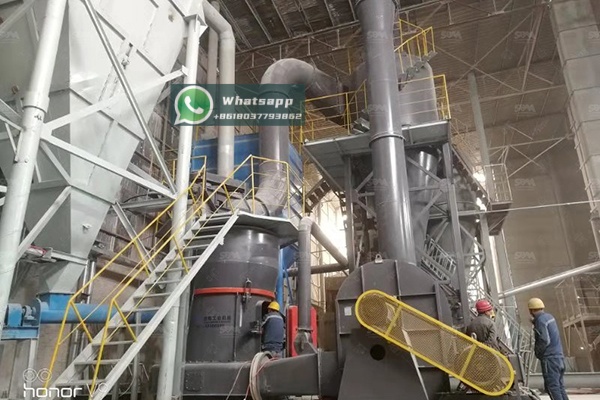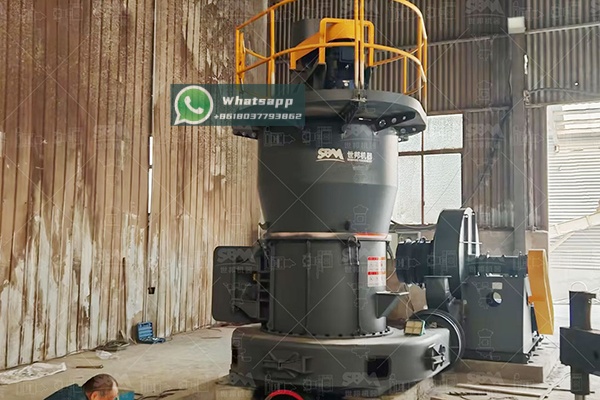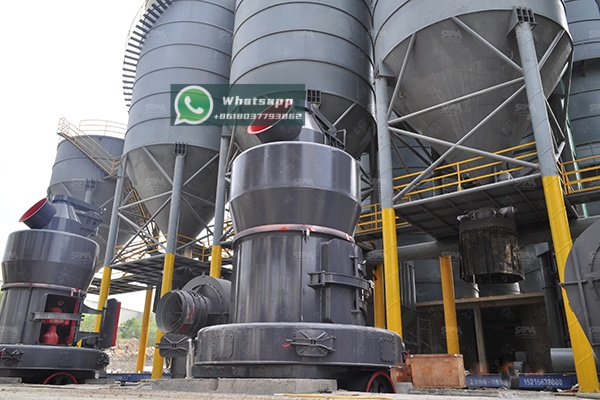The pulp and paper industry faces numerous challenges in maintaining production efficiency and product quality, with one of the most persistent being pitch deposition. Pitch, the natural resinous component of wood, can accumulate on paper machine surfaces, causing web breaks, reducing production efficiency, and compromising paper quality. Ultrafine talc has emerged as a highly effective solution for pitch control, but its effectiveness depends critically on achieving the optimal particle size distribution through precise grinding technology.
Shanghai Zenith Machinery Co., Ltd., an excellent manufacturer of ore grinding equipment in China, has made significant achievements in the field of ultra-fine powder grinding. Our specialized research, development, and production of industrial powder grinding equipment provides the pulp and paper industry with reliable solutions for producing high-quality ultrafine talc for pitch control applications.

Pitch constitutes the hydrophobic, resinous components of wood that are naturally present in pulp. These troublesome substances include triglycerides, fatty acids, resin acids, sterols, and waxes. During paper production, these compounds can separate from the pulp fibers and deposit on equipment surfaces, particularly in areas where flow conditions change or temperatures fluctuate.
The consequences of pitch deposition are severe and costly:
Talc, a hydrated magnesium silicate with the chemical formula Mg3Si4O10(OH)2, possesses unique properties that make it exceptionally effective for pitch control. Its natural hydrophobicity allows talc to attract and adsorb pitch particles, while its plate-like structure provides a large surface area for interaction with pitch components.
The mechanism of pitch control involves several processes:
The effectiveness of these mechanisms depends heavily on talc particle size, with ultrafine grades (typically below 10 microns) demonstrating superior performance.
For optimal pitch control, talc must be ground to specific particle size parameters. Research has shown that:
Achieving these precise particle size specifications requires advanced grinding technology capable of producing consistent, controlled ultrafine talc powders.

Shanghai Zenith Machinery offers several advanced grinding mills specifically designed for producing high-quality ultrafine talc for the pulp and paper industry. Our equipment incorporates the latest technological innovations to ensure precise particle size control, energy efficiency, and reliable operation.
For the most demanding ultrafine talc applications, our LUM Ultrafine Vertical Mill represents the pinnacle of grinding technology. This advanced system integrates grinding, drying, classifying, and transportation functions in a compact design that occupies minimal space while delivering exceptional performance.
The LUM series is particularly suited for talc grinding because of its:
| Model | Main machine power (kW) | Capacity (t/h) | Size distribution D97 (μm) |
|---|---|---|---|
| LUM1525 | 220-250 | 1.6-11.5 | 5-30 |
| LUM1632 | 280-315 | 2.0-13.5 | 5-30 |
| LUM1836 | 355-400 | 2.3-15 | 5-30 |
Our XZM Ultrafine Grinding Mill offers another excellent solution for talc processing in the pulp and paper industry. Widely used for superfine powder production, this mill is particularly suitable for grinding soft materials like talc with moisture content below 6%. It can achieve output fineness ranging from 325 to 2500 mesh, making it ideal for producing the precise particle sizes required for effective pitch control.
Key advantages of the XZM series include:
| Model | Working diameter (mm) | Max feed size (mm) | Final size (mesh) | Output (kg/h) | Main motor power (kW) |
|---|---|---|---|---|---|
| XZM221 | Φ800 | ≤20 | 325-2500 | 500-4500 | 75 |
| XZM268 | Φ1680 | ≤20 | 325-2500 | 5000-25000 | 315 |
Producing talc with optimal characteristics for pitch control requires careful attention to grinding parameters. Through extensive research and practical experience, Zenith has identified key factors that influence talc performance in papermaking:
The ideal talc for pitch control should have a bimodal or broad particle size distribution. Fine particles (below 2 microns) provide immediate pitch adsorption, while slightly larger particles (5-10 microns) offer sustained control throughout the papermaking process. Our grinding mills are designed to produce this optimal distribution consistently.
Grinding conditions can affect the surface properties of talc particles. Zenith mills operate under controlled conditions to maintain the natural hydrophobicity of talc, which is crucial for effective pitch adsorption. The grinding process is designed to minimize surface contamination and preserve talc’s natural affinity for pitch components.
For paper applications, talc must maintain high brightness and low impurity levels. Zenith grinding systems incorporate advanced separation and classification technologies to ensure the final product meets the strict quality standards of the paper industry, typically requiring talc brightness above 85% ISO.

Several paper mills worldwide have successfully implemented Zenith grinding equipment for their talc processing needs. One notable case involves a large integrated paper mill in Southeast Asia that was experiencing severe pitch problems, resulting in frequent machine shutdowns and significant production losses.
After installing Zenith’s LUM1836 Ultrafine Vertical Mill specifically for talc grinding, the mill reported:
This case demonstrates how advanced grinding technology directly contributes to solving pitch problems and improving overall mill performance.
Investing in proper talc grinding equipment delivers significant economic advantages for pulp and paper manufacturers:
The return on investment for advanced talc grinding systems typically ranges from 12 to 24 months, making them economically attractive for paper mills of all sizes.
The pulp and paper industry continues to evolve, and talc grinding technology must adapt to new challenges and opportunities. Key trends shaping the future of talc grinding include:
Shanghai Zenith Machinery is at the forefront of these developments, continuously innovating to provide the paper industry with cutting-edge grinding solutions.
Ultrafine talc grinding plays a crucial role in effective pitch control for the pulp and paper industry. The precise particle size distribution achieved through advanced grinding technology directly influences talc’s ability to adsorb and control pitch, ultimately impacting paper machine efficiency, product quality, and operational costs.
Shanghai Zenith Machinery Co., Ltd. offers specialized grinding equipment, particularly our LUM Ultrafine Vertical Mill and XZM Ultrafine Grinding Mill, that are ideally suited for producing high-quality talc for pitch control applications. With our expertise in ultra-fine powder grinding and commitment to technological innovation, we provide paper manufacturers with reliable solutions to their most persistent pitch problems.
By investing in proper talc grinding technology, paper mills can significantly improve their operational efficiency, reduce costs, and enhance product quality, ensuring competitiveness in an increasingly challenging global market.